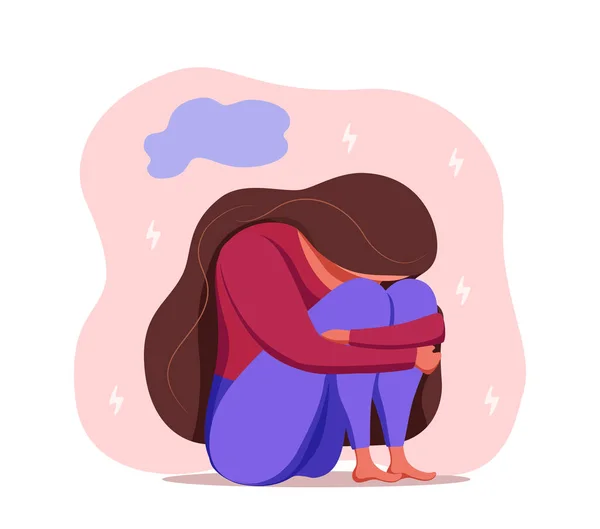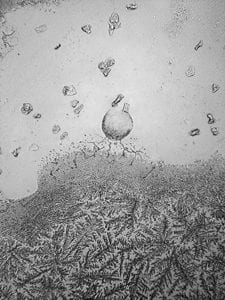
PTSD
Key points PTSD
- You have been exposed to an event that most people would perceive as serious and overwhelming.
- You experience constant intense memories or flashbacks from the event, possibly also as repeated nightmares at night.
- You avoid thinking about the incident as much as you can. You avoid places, situations and people that may remind you of the event, isolate yourself socially and become emotionally drained.
- You have an experience of being more shaky, restless and tense, and you feel that you have to be on your guard.
What is PTSD: Reaction to severe strain
PTSD (F43.1) stands for post-traumatic stress disordere and occurs as a delayed or prolonged reaction to a stressful event or situation of either short or long duration, of an exceptionally threatening or catastrophic nature, which is likely to cause severe discomfort in most people.
Examples of this can be natural or man-made disasters, acts of war, serious accidents, encountering the violent death of other people, even being subjected to torture, terrorism, rape or other criminal acts.
Underlying factors
Predisposing factors, such as personality traits or previous neuroses, may lower the threshold for the development of the syndrome or worsen the course, but are neither necessary nor sufficient to explain the occurrence of the disorder.
PTSD symptoms
Typical PTSD symptoms include episodes where one relives the trauma in intrusive memories (flashbacks), dreams or nightmares, at the same time as having a feeling of "numbness" and emotional flattening, distancing from other people, reduced reactions to the environment, anhedonia and avoidance of activities and situations reminiscent of the trauma.
It is common for people to fear and avoid anything that reminds them of the original trauma. In a few cases, there may be dramatic, acute outbursts of fear, panic or aggression, triggered by stimuli that trigger an abrupt return and re-experiencing of the trauma or of the original reaction to it.
Autonomic hyperactivity and vigilance, easily startled and insomnia are usually present. Anxiety and depression are often associated with the above symptoms and signs, and not infrequently suicidal thoughts also arise. Extensive use of alcohol or drugs can be a complicating factor.
Symptom development
Symptom onset follows the trauma with a latency period that can last from a few weeks to several
months. Rarely more than six months. The course is fluctuating, but improvement can be expected in most cases.
In a few patients, the condition can have a chronic course over several years, with a possible transition to a permanent personality change.
PTSD test
On this links you will find a questionnaire "The international trauma questionnaire (ITQ)" which is shown to have both reliability and validity associated with the measurement of key aspects and symptoms related to the condition, as defined in ICD-11.
It is important to mention that this is basically a mapping tool intended for use by authorized healthcare personnel.
More information about PTSD and complex PTSD
You can read more about the diagnostic criteria for PTSD, as they appear in ICD-10.
Here you can read more about the difference between PTSD and complex PTSD.
If you have questions or want to book an appointment for PTSD treatment: you can do so here.







